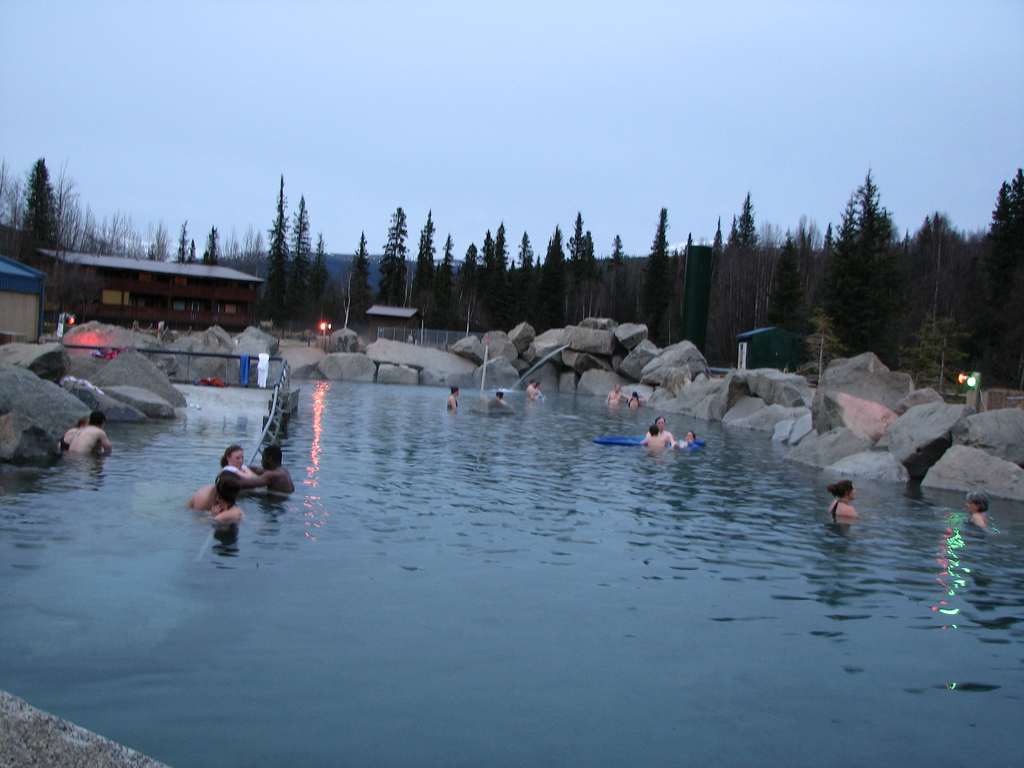Localised direct use of geothermal in the Arctic with significant potential
There is a large potential for localised direct use of geothermal energy in the Arctic region and this will be a topic of a special session during the Arctic Circle Assembly in Reykjavik/ Iceland.
Tomorrow the Arctic Circle Assembly convenes for the fourth time in Reykjavík/ Iceland. The Arctic Circle is a network of international dialogue and cooperation on the future of the Arctic with participation from governments, organizations, corporations, universities, think tanks, environmental associations, indigenous communities, concerned citizens, and others interested in the development of the Arctic and its consequences for the future of the globe. It holds an annual assembly event in Reykjavik.
The Arctic is especially vulnerable for Climate Change and impacts the Arctic in faster and more severe way than the rest of the world. Increased use of renewables will play an important role in the fight for Climate Change worldwide as well as in the Arctic.
Localised direct use of geothermal resources has a potential to play a significant role for remote communities in the Arctic Replacing inefficient and polluting diesel-powered generators used by many off grid communities in Canada with a local renewable source. Not only providing a renewable energy source but also opening up the possibility of direct uses such as food production, food security is a major concern for Arctic and remote communities. In Alaska geothermal has the potential in transforming renewable energy access in Alaska´s remote communities, increasing energy security and lowering cost with a local renewable energy source. In Iceland geothermal plays a tremendously important role in Iceland´s energy supply and has transformed the country´s economy while simultaneously reducing its CO2 emissions, providing heat to over 90% of urban areas. Currently, there is a very ambitious project on-going in the Northern part of Iceland, where the local utility has set out an ambitious five year plan to connect almost every home to a rural district heating network by 2020.
The Potential for Geothermal in the Arctic will be discussed in a special session on Friday, October 7 from 5pm to 6:30 pm
The potential for Geothermal in the Arctic
The session is organized by the Canadian Geothermal Energy Association (CanGEA).
Location: Eyri, Harpa, Second Level
Speakers & Presentations:
- Alison Thompson, Chair & Co-Founder, CanGEA: Canada’s 175 Aboriginal and Northern Off-Grid Communities: Geothermal Power, Heat, Greenhouses and Jobs Opportunities.
- George Roe, Adjunct Research Professor, University of Alaska at Fairbanks; Program Manager, Arctic Remote Energy Networks Academy (ARENA), UAF
- Magnus Olafsson, Senior Geochemist and Project Manager, I?SOR, Iceland GeoSurvey: Exploration and Sustainable, Cascaded Use of Geothermal in Remote Areas in Iceland
- Chair: Agusta Yr Þorbergsdottir, Director at NAVIGO ehf.
ThinkGeoEnergy will report from the event tomorrow.


















